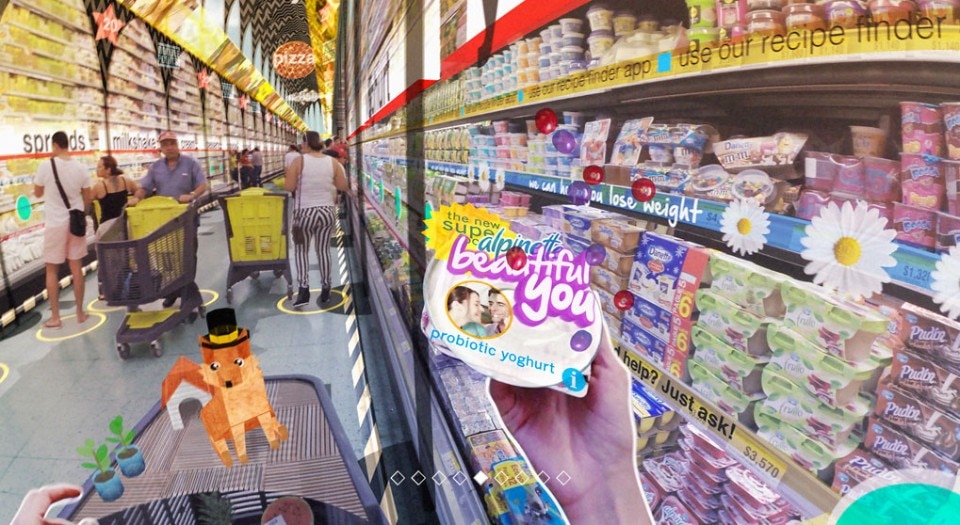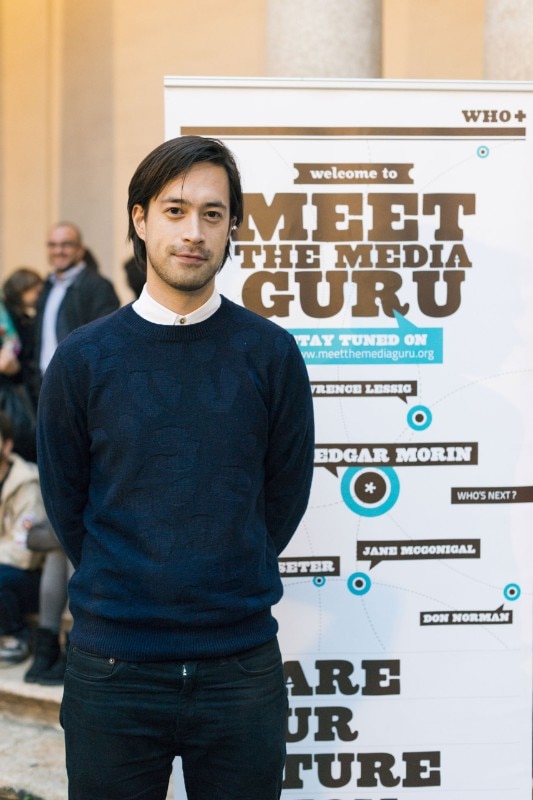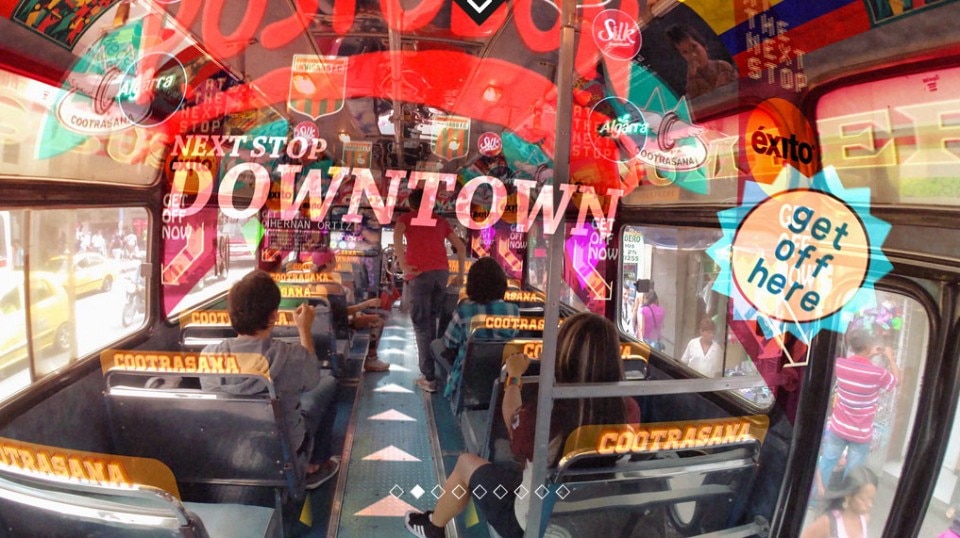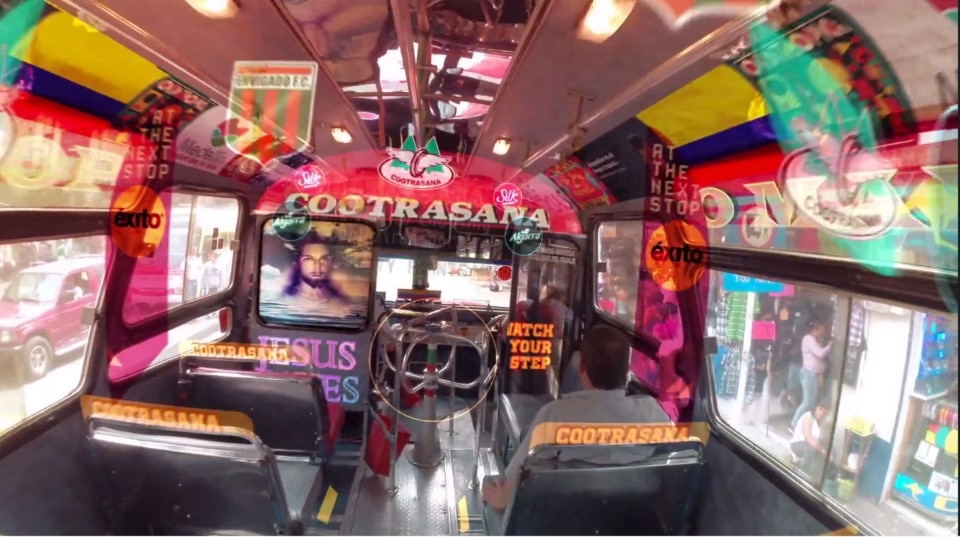


“Technology will become almost invisible. The layer of images will be able to be anywhere; space itself will become a means of communication,” says Matsuda. “To design these spaces, the techniques of game design and film making will be used. A person designing a video game has in mind his player, and how his player will perceive the settings and images created. I believe that architects should think more along these lines.”
Many people are at work on the technical aspects, trying to build the most advanced systems. Few, however, are asking themselves why we are doing so and what consequences it will have on real life. “I don’t have the answers, but I do think I have arrived at a point where I can ask the right questions,” Matsuda continues. “If this is not the future we want, we need to do something about it. It is not enough to just stand by waiting for the next smart phone to come out.” This is a palpable message in Hyper-Reality, where the protagonist's daily life is all but desirable.

